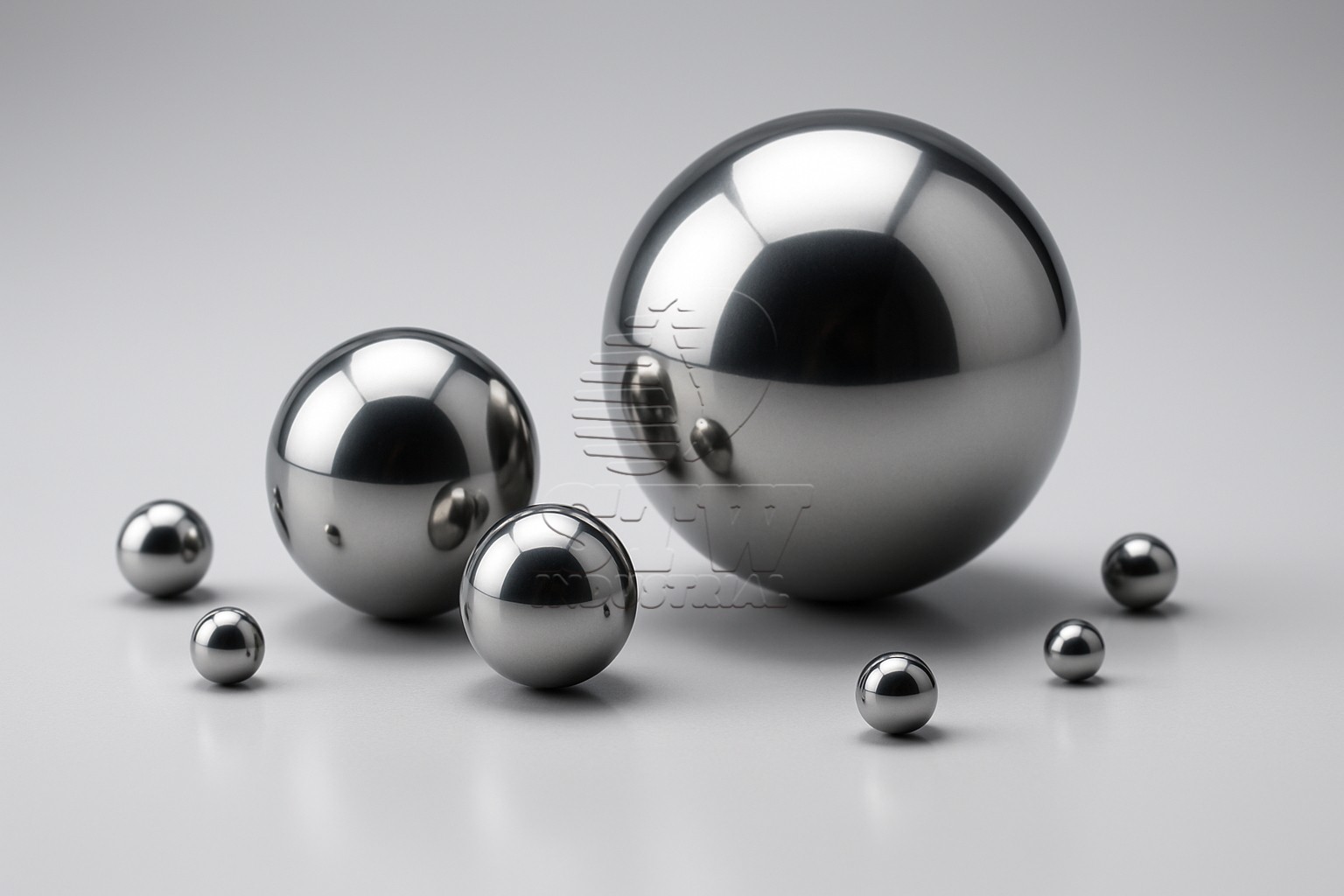
 Home > News
Home > News
— The Core Factors That Define Bearing Quality and Longevity
In the world of mechanical motion, bearings act like joints, and steel balls are the backbone of these joints. From miniature instruments to heavy machinery, from motors to aerospace engines, the performance of steel balls in bearings directly determines the stability, precision, and lifespan of the entire system. A high-quality bearing is always supported by high-performance steel balls.
As mechanical equipment continues to evolve toward higher precision and faster speeds, the bearing industry demands increasingly stringent standards for steel balls. Based on our years of experience as a B2B integrated manufacturer and exporter of precision balls, we have summarized five key performance indicators (KPIs) for steel balls in bearings.
Diameter tolerance is fundamental in controlling the clearance and concentricity within a bearing assembly. The bearing industry typically follows ABMA or ISO 3290 standards to classify steel balls by grade (G-level). The lower the G-number, the higher the precision. For example:
| Grade | Diameter Tolerance (μm) | Common Applications |
|---|---|---|
| G100 | ±1.0 | General machinery, low-speed bearings |
| G10 | ±0.25 | High-speed motors, automotive bearings |
| G5 | ±0.13 | Spindles, medical equipment |
Tip: Choose G10 or higher for low-noise or high-speed applications
.
Hardness determines the wear resistance and fatigue life of steel balls. Bearing steels like GCr15 (52100) are typically heat-treated to reach a hardness of HRC 60–66.
However, extreme hardness without proper toughness may lead to brittleness. Thus, balancing hardness with fracture resistance is essential.
ASTM E18 (Rockwell Hardness)
ISO 6508
A smooth surface reduces friction, noise, and startup torque while helping maintain a stable oil film during operation. Surface roughness is commonly represented by Ra value. High-quality steel balls should have Ra ≤ 0.02μm, which is nearly mirror-finish.
Precision grinding and polishing processes are used to achieve ultra-smooth surfaces.
Critical for: EV drivetrains, electric motor bearings, and spindle applications.
The purity of raw materials directly affects the fatigue strength and durability of steel balls. For instance, GCr15 must contain minimal non-metallic inclusions to prevent early failure from internal cracks or spalling.
Advanced processes used by top manufacturers:
Vacuum Degassing (VD/VOD)
Electroslag Remelting (ESR)
Ultrasonic flaw detection and metallographic inspection
High-end bearings increasingly use hybrid materials like stainless steel, ceramic balls, or carbide for specific environments.
Recommendation: Select steel balls backed by material composition reports and third-party testing such as SGS.
Poor roundness can cause uneven rotation, vibration, and heat buildup. High-grade steel balls should have roundness error less than 0.25μm, and in some cases, below 0.10μm.
Roundness Tester
Optical Measuring Devices (for grades G5 and below)
Crucial for: Aerospace bearings, robotic joints, and ultra-precision instruments.
Material diversification: Ceramic, tungsten carbide, and hybrid materials are growing in demand.
Smart manufacturing: AI-based inspection and automated sorting ensure batch consistency.
Green production: Water-based grinding and eco-friendly anti-rust oil are gaining popularity.
Customization: Precision demands lead to more "spec + performance" tailored steel balls.
Though small in size, steel balls have a massive impact. At our manufacturing base, we understand that every micron matters. We provide a full-service process from material selection, heat treatment, precision grinding to final inspection and customized packaging.
As a reliable B2B ball supplier, we are committed to delivering stable, high-performance steel balls that meet the strictest bearing industry requirements. Let’s work together to empower high-precision bearings and drive the future of reliable machinery.
View More(Total0)Comment Lists